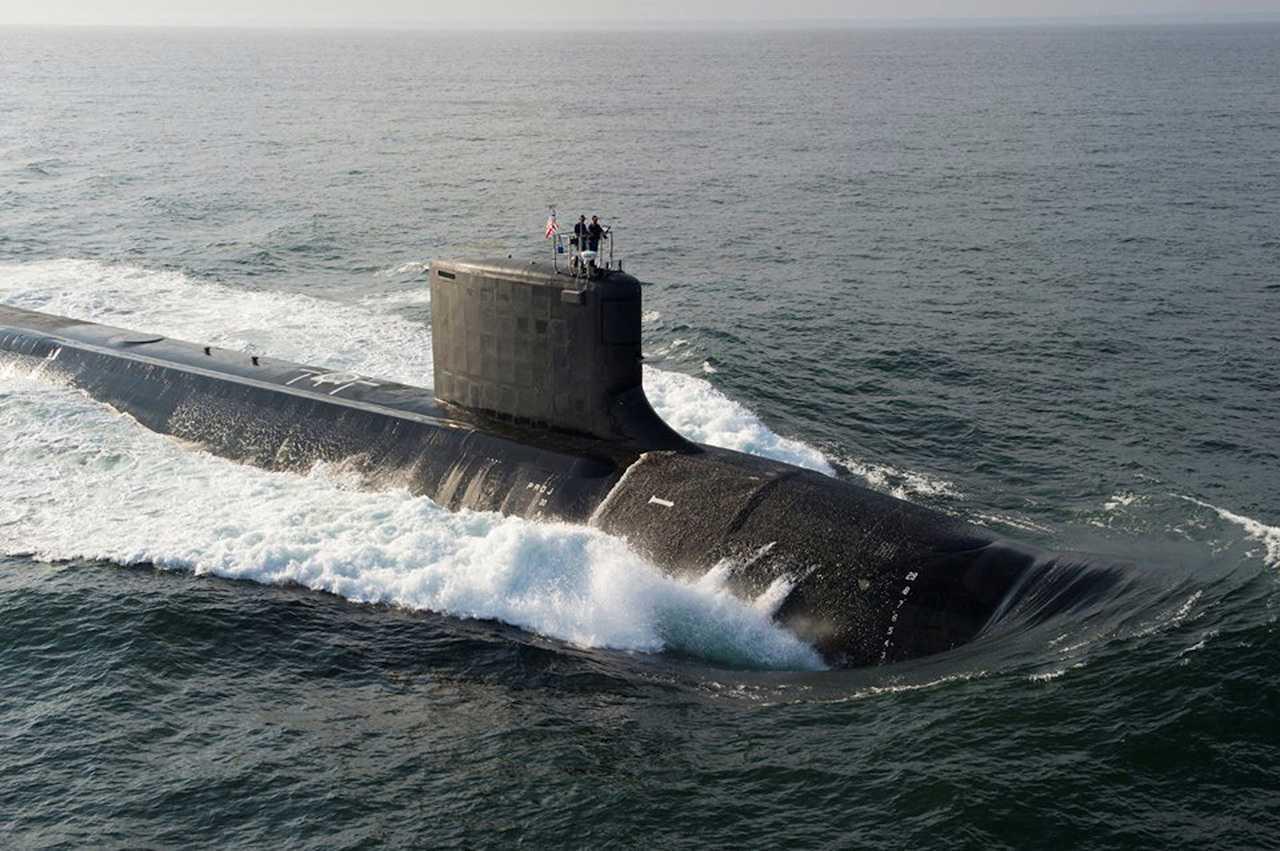Nuclear submarine construction to generate thousands of jobs in Australia
Government modelling showed 20,000 jobs, including 8,500 in submarine construction, would be created in Australia over 30 years, reports show.
Just In
A plan to build an Australian fleet of nuclear powered submarines will create 20,000 jobs in Australia, media reported on Monday.
US President Joe Biden, Australian Prime Minister Anthony Albanese and British Prime Minister Rishi Sunak will meet in San Diego on Monday local time to announce a plan for Australia to acquire a fleet of nuclear-powered submarines next decade.
Australia was informing its regional neighbours about the plan, known as Aukus, Albanese said on Sunday in San Diego, after meeting with Sunak.
"I've been talking with other leaders in the region, as well, explaining our position. And it's been well-received and understood why we're doing this," Albanese told reporters.
China has objected to the transfer of nuclear propulsion technology to Australia. Aukus is seeking to counter China's military buildup and its pressure on Taiwan.
Sunak said it was important for Britain to demonstrate to the region its commitment to values "even though it's geographically a long way from where we are".
At home, Albanese is under pressure to show the nation's most expensive defence project in its history is affordable, and will lead to jobs and a boost for local industry.
Government modelling showed 20,000 jobs, including 8,500 in submarine construction, would be created in Australia over 30 years, local newspapers reported on Monday.
Albanese has said he will explain the massive cost of building the nuclear submarines to the public, at a time where there are "major pressures on expenditure, not just in defence, but in other areas as well".
A national budget forecast in October projected gross debt would reach A$1 trillion (about RM3 trillion) (43.1% of GDP) by the end of the 2025–26 fiscal year, the highest since the 1950s, but below gross debt levels in other developed nations, including the United States and Britain.
Albanese had told reporters that defence spending, now at 2% of GDP, must rise.
"This is about jobs, including jobs and manufacturing and Adelaide in particular will be a big beneficiary of this announcement, as well as Western Australia," he told reporters on Saturday.
Subscribe to our newsletter
To be updated with all the latest news and analyses daily.
Most Read
No articles found.
